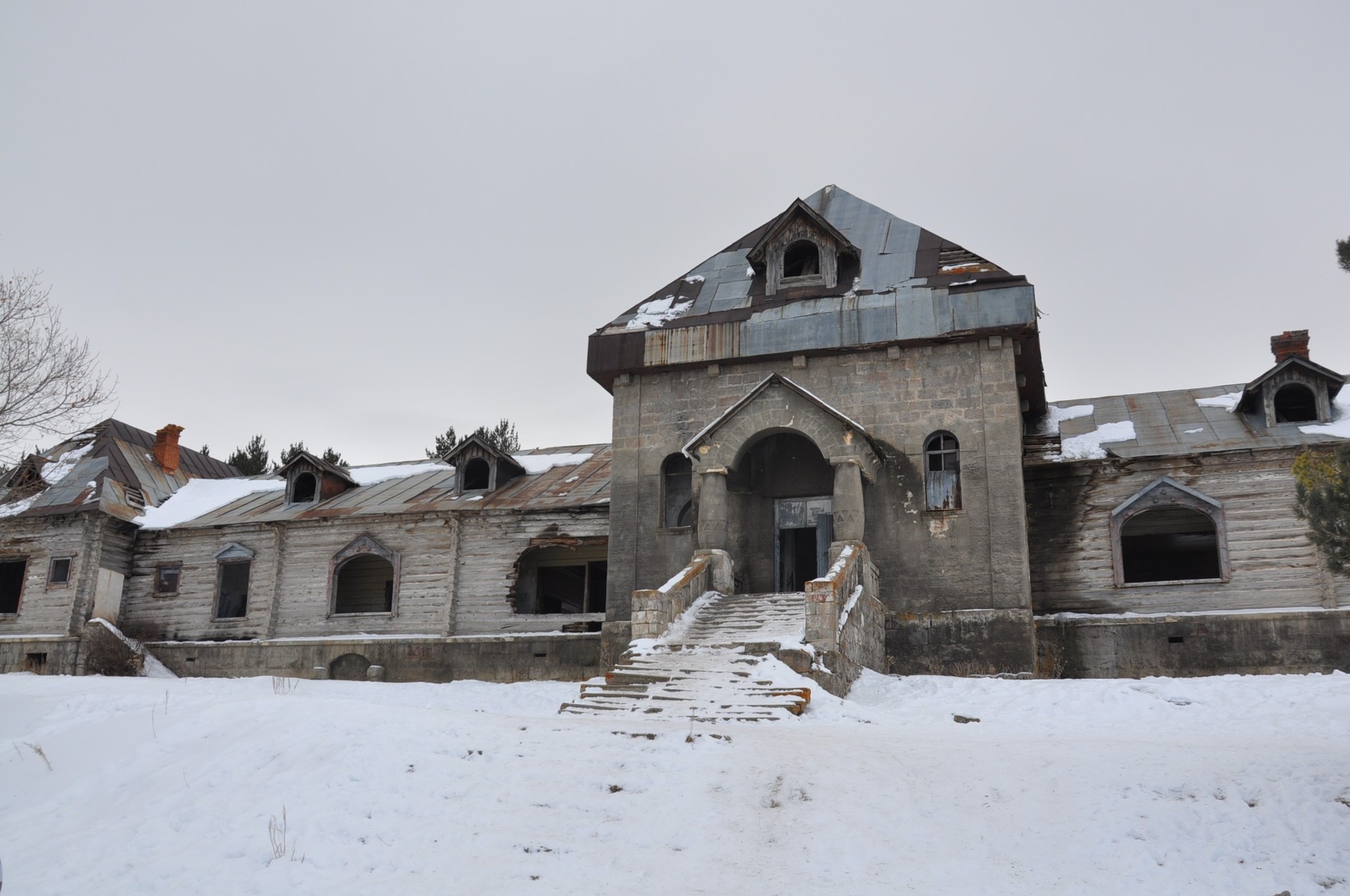
The hunting lodge of Russian Tsar Nicholas II in Sarikamis, Kars, is facing the imminent danger of collapse because of neglect. The 19th-century architectural gem, located in one of Türkiye's top winter tourism destinations, desperately needs restoration.
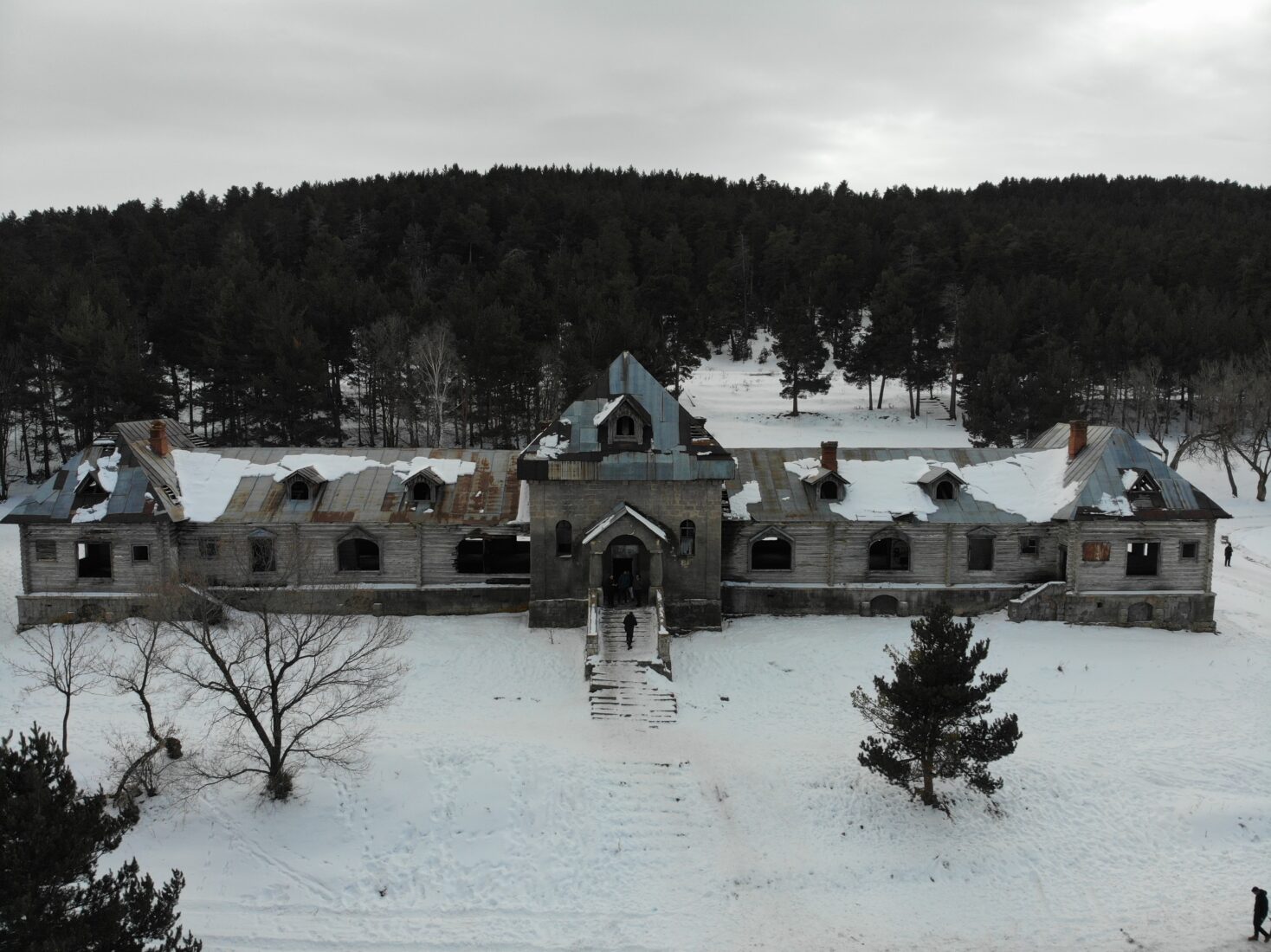
Situated in Sarikamis, a town known for its winter tourism, the lodge, also known as "Nicholas' Hunting Lodge" by locals, spans an area of approximately 6,500 square meters. It includes 28 rooms and an adjacent building, known as the Shishman Mansion, which reflects the influence of 19th-century Baltic architecture.
This piece of history, dating back 129 years, is in a dire state. Parts of the structure are used as animal shelters, while other areas have been ruined by broken trees and walls covered in graffiti.
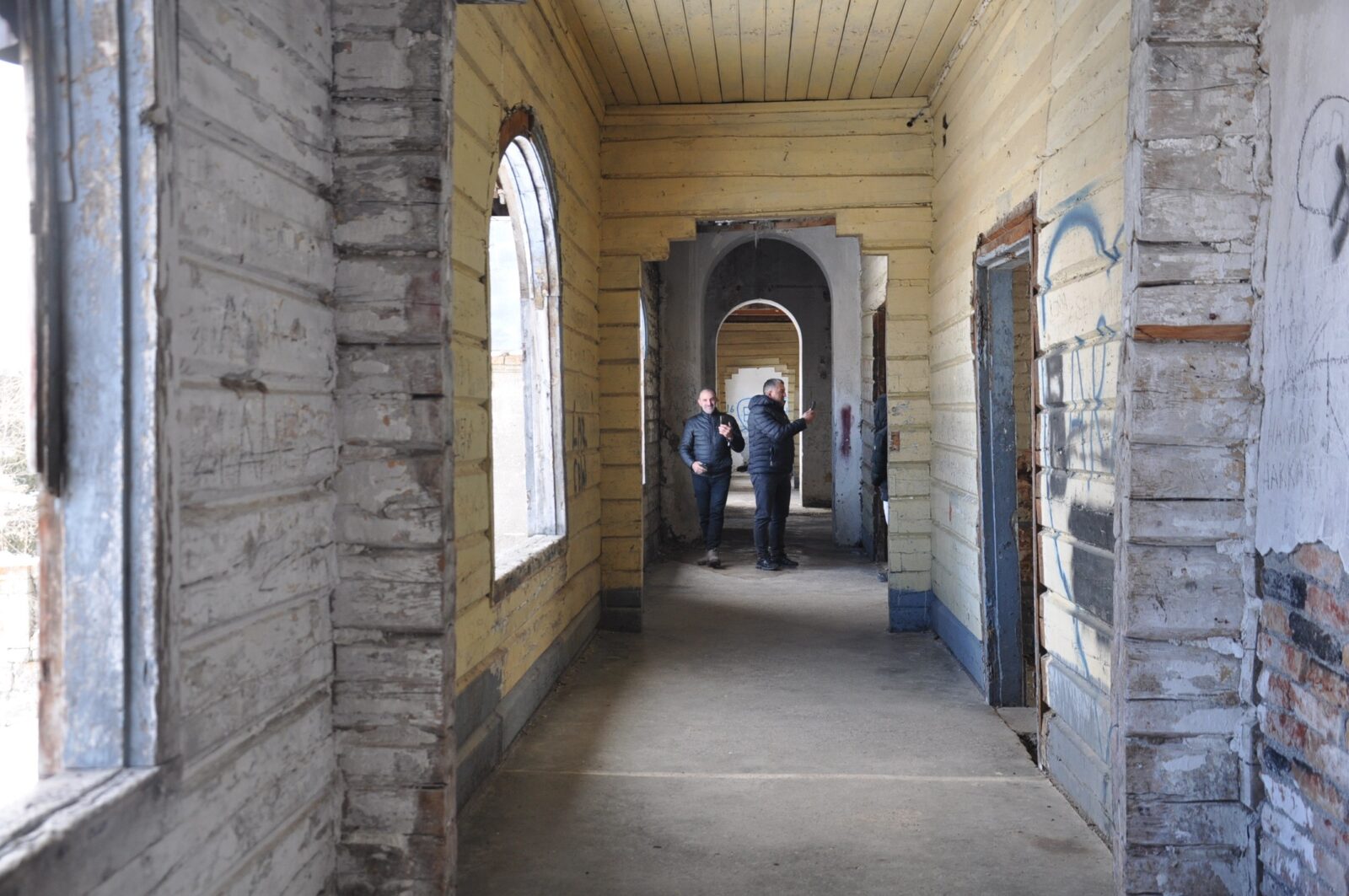
Visitors have expressed their concern about the deteriorating state of the lodge, calling for its preservation.
Rasim Kaya, a visitor from Istanbul, emphasized the importance of respecting historical sites.
“It’s a beautiful place, but I must say, no one has the right to destroy such historical treasures. We need to be respectful of historical sites. If restored, this place could become even more beautiful,” Kaya stated.
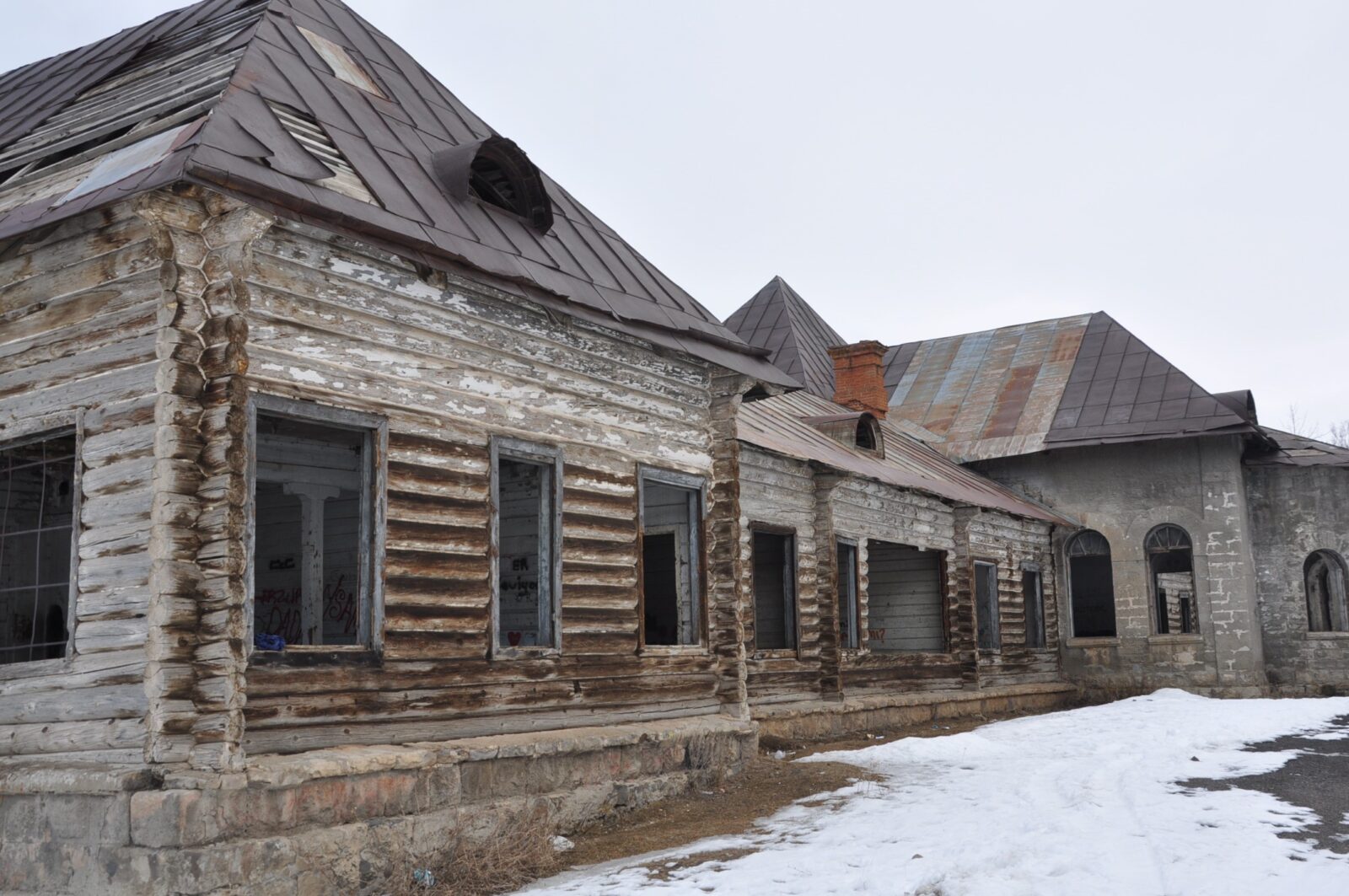
Built in 1896 without the use of nails, the hunting lodge once hosted distinguished guests, while the main lodge served multiple purposes over the years, including as a hospital and palace.
Though locally known as "Catherine's Lodge," the building was originally used by Tsar Nicholas II as a rehabilitation center for his ailing son, Aleksi. Additionally, it functioned as a hunting lodge for the royal family during both winter and summer months.
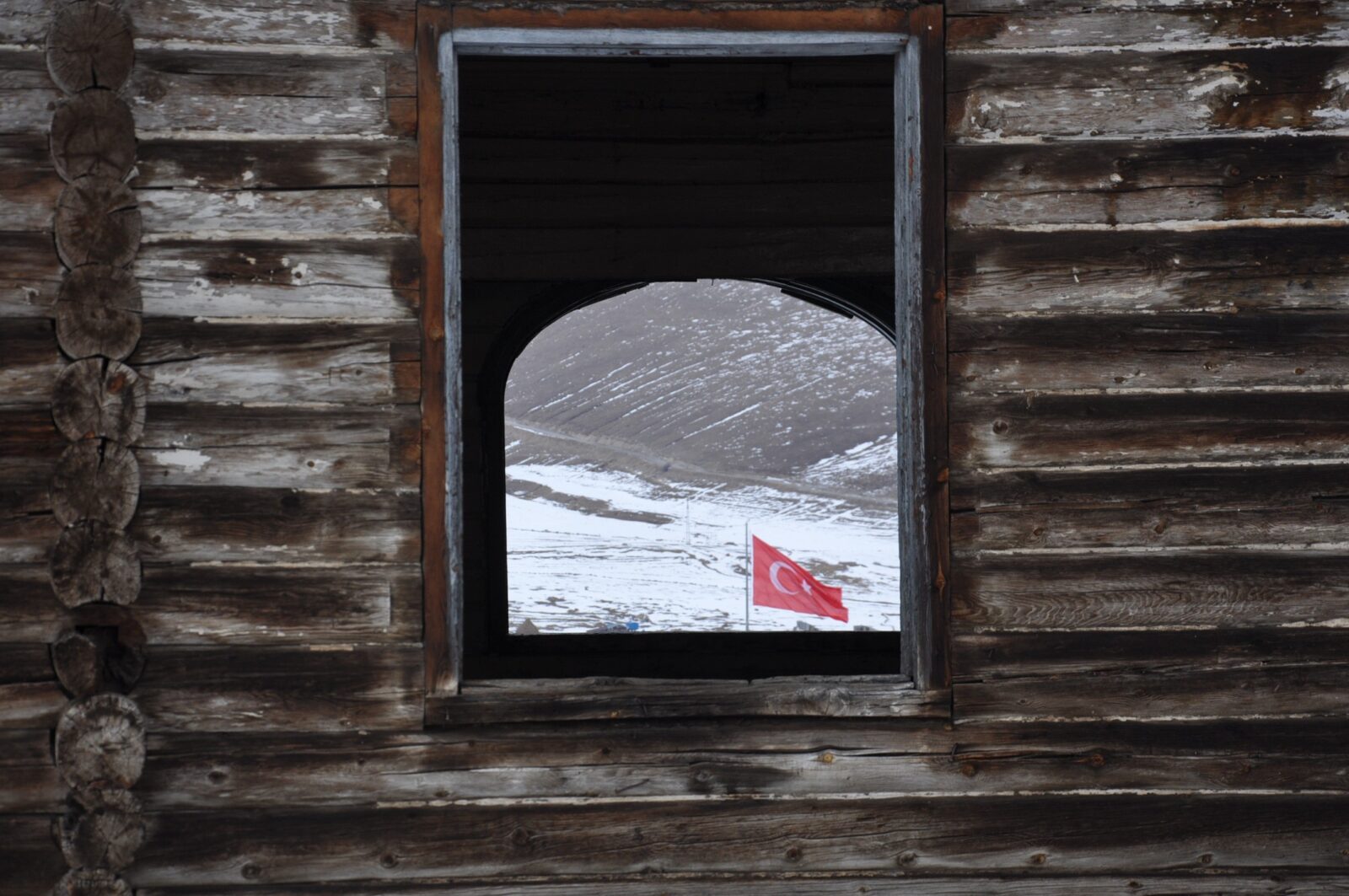
Given its rich history and unique architecture, the lodge has immense potential for tourism if restored.
Efforts to preserve and renovate this significant landmark would not only protect a piece of Russian imperial history but also contribute to the development of the region as a cultural tourism hub.